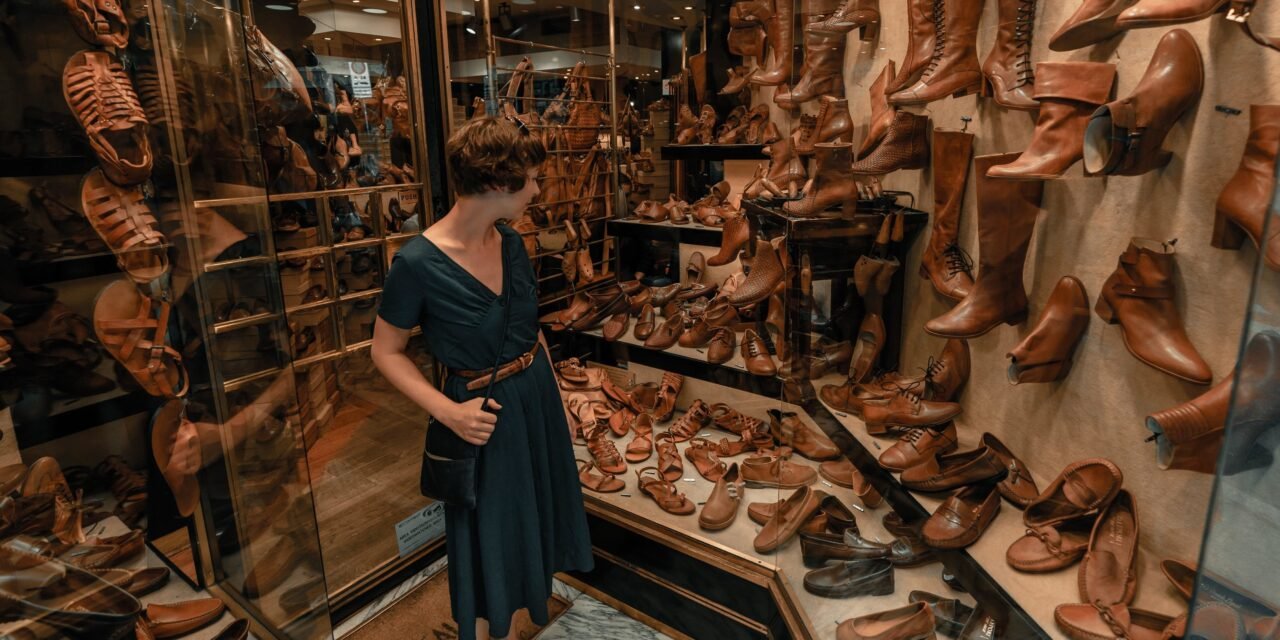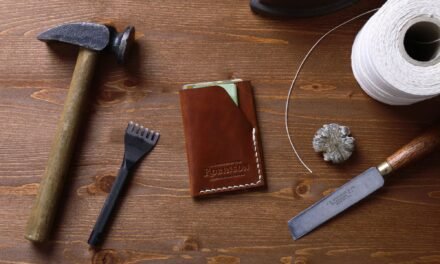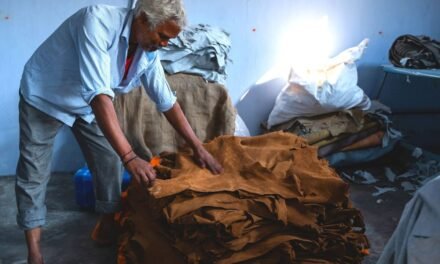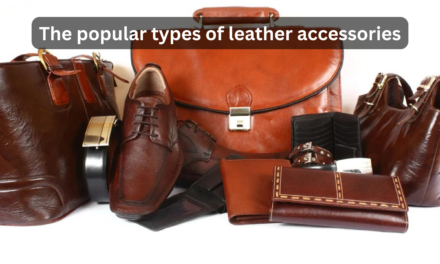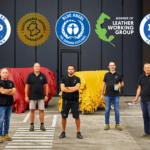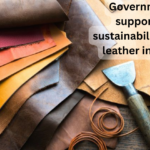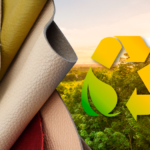The future growth prospects for Panapakkam’s leather industry are quite promising, driven by the region’s strategic location, growing global demand for leather goods, government support, and increasing investments in infrastructure and innovation. Here are several key factors that contribute to the growth prospects of Panapakkam’s leather industry:
1. Infrastructure Development and Industrial Parks
- Mega Leather, Footwear, and Accessories Cluster (MLFAC):
- The establishment of the MLFAC Industrial Park in Panapakkam, a large-scale project by the Tamil Nadu government, is a major boost for the leather industry. This dedicated cluster will enhance production capacity, provide modern infrastructure, and create a conducive environment for manufacturers.
- The park will include facilities for leather tanning, footwear manufacturing, and leather goods production, all equipped with advanced technologies, making Panapakkam a hub for both local and international businesses.
- Transportation Connectivity:
- The region’s proximity to major ports, including Chennai Port, facilitates easy export of leather goods to international markets. Improved logistics and transportation infrastructure will further streamline exports.
2. Growing Global Demand for Leather Goods
- Increased Consumption in Emerging Markets:
- There is growing demand for leather goods such as footwear, bags, wallets, and jackets in emerging economies like China, India, and Southeast Asia. Panapakkam’s leather industry is well-positioned to capitalize on this demand.
- Sustainability Trends:
- The increasing global demand for sustainably produced leather and eco-friendly alternatives presents opportunities for Panapakkam’s exporters. The industry is already beginning to shift toward greener tanning processes and sustainable practices, which will help it tap into eco-conscious consumer markets, especially in Europe and North America.
3. Expansion of Footwear and Leather Goods Production
- Footwear Industry Growth:
- Panapakkam is already home to a significant portion of India’s footwear manufacturing capacity, and the expansion of footwear production in the region offers strong growth prospects. Rising demand for high-quality leather footwear in global markets, especially for premium brands, offers potential for increased exports.
- The region is becoming a critical player in the global footwear supply chain, with both international and domestic brands establishing manufacturing bases.
- Diversification into Leather Goods:
- Beyond footwear, there is growing potential for Panapakkam’s leather industry to expand into other high-value leather goods, including luxury bags, wallets, and accessories. The growing middle class in both India and abroad is increasingly looking for premium quality leather products.
4. Government Support and Policy Initiatives
- Government Incentives:
- The Indian government provides various incentives under schemes like the Leather Technology Mission, Production Linked Incentive (PLI) Scheme, and support for Leather Parks. These schemes encourage investments in infrastructure, innovation, and sustainable practices.
- There is also support for skill development programs in the leather industry, helping to meet the growing demand for skilled labor, which is essential for maintaining the quality of leather products.
- Favorable Export Policies:
- The government has made efforts to increase the competitiveness of Indian leather exports by reducing trade barriers and promoting free trade agreements (FTAs) with key markets. This will further benefit exporters from Panapakkam, allowing them to expand their market reach.
5. Technological Advancements and Innovation
- Adoption of Advanced Leather Processing Technologies:
- Panapakkam’s leather industry is expected to benefit from the adoption of new tanning technologies, such as chrome-free tanning, vegetable tanning, and bio-based leather. These innovations not only improve environmental sustainability but also appeal to the growing demand for eco-friendly products in international markets.
- Automation and Smart Manufacturing:
- The integration of automation, robotics, and data analytics into the manufacturing process will improve productivity, reduce waste, and enhance product quality. This will enable Panapakkam’s leather manufacturers to meet the growing demand for leather goods more efficiently.
6. Strong Domestic Demand
- Rising Middle-Class Consumption:
- India’s growing middle class, along with changing consumer preferences for quality leather goods, presents strong domestic demand for leather products. With increasing incomes, there is a greater interest in branded and high-quality leather goods, which will support growth for Panapakkam’s leather producers.
- Domestic Consumption of Leather Footwear:
- The Indian footwear market is experiencing a shift toward more premium and branded products, leading to an increased demand for leather footwear. Panapakkam, already a center for footwear manufacturing, will continue to benefit from this trend.
7. Expansion of Export Markets
- Diversified Export Markets:
- The global leather market, especially for high-end products like luxury bags, shoes, and furniture, is growing, with increasing demand in regions such as North America, Europe, and Asia-Pacific.
- Panapakkam’s exporters can leverage the trade agreements between India and key countries to expand their presence in these markets.
- Focus on Niche Markets:
- The luxury leather goods sector is poised for growth, especially in countries with a strong consumer base for premium leather. Panapakkam’s leather manufacturers can capitalize on this trend by offering high-quality, bespoke leather products.
8. Development of Skilled Workforce
- Vocational Training Programs:
- Training programs and partnerships with institutions like the Leather Sector Skill Council (LSSC), Footwear Design and Development Institute (FDDI), and Central Leather Research Institute (CLRI) will help develop a highly skilled workforce. This will enable Panapakkam’s leather manufacturers to meet global quality standards and scale their operations effectively.
9. Investment in Sustainability
- Eco-Friendly Leather Alternatives:
- The global shift toward sustainability presents an opportunity for Panapakkam’s leather industry to innovate in producing eco-friendly leather alternatives, such as plant-based and bio-based leathers.
- Circular Economy:
- The industry can also focus on recycling and reusing leather waste, which could lead to new business models and value-added products in the growing market for sustainable goods.
Conclusion
The future growth prospects for Panapakkam’s leather industry are robust, with opportunities stemming from strong government support, technological advancements, and increasing global and domestic demand for leather goods. By focusing on sustainable production, expanding into premium leather goods, and leveraging local training initiatives, Panapakkam can continue to strengthen its position as a global leather manufacturing hub.
Hashtags
#PanapakkamLeatherFuture #MLFACImpact #TamilNaduLeatherGrowth #LeatherIndustryProspects #PanapakkamEconomicDevelopment #MLFACOpportunities #LeatherSectorExpansion #PanapakkamManufacturing #TamilNaduIndustrialGrowth #LeatherExportPotential

